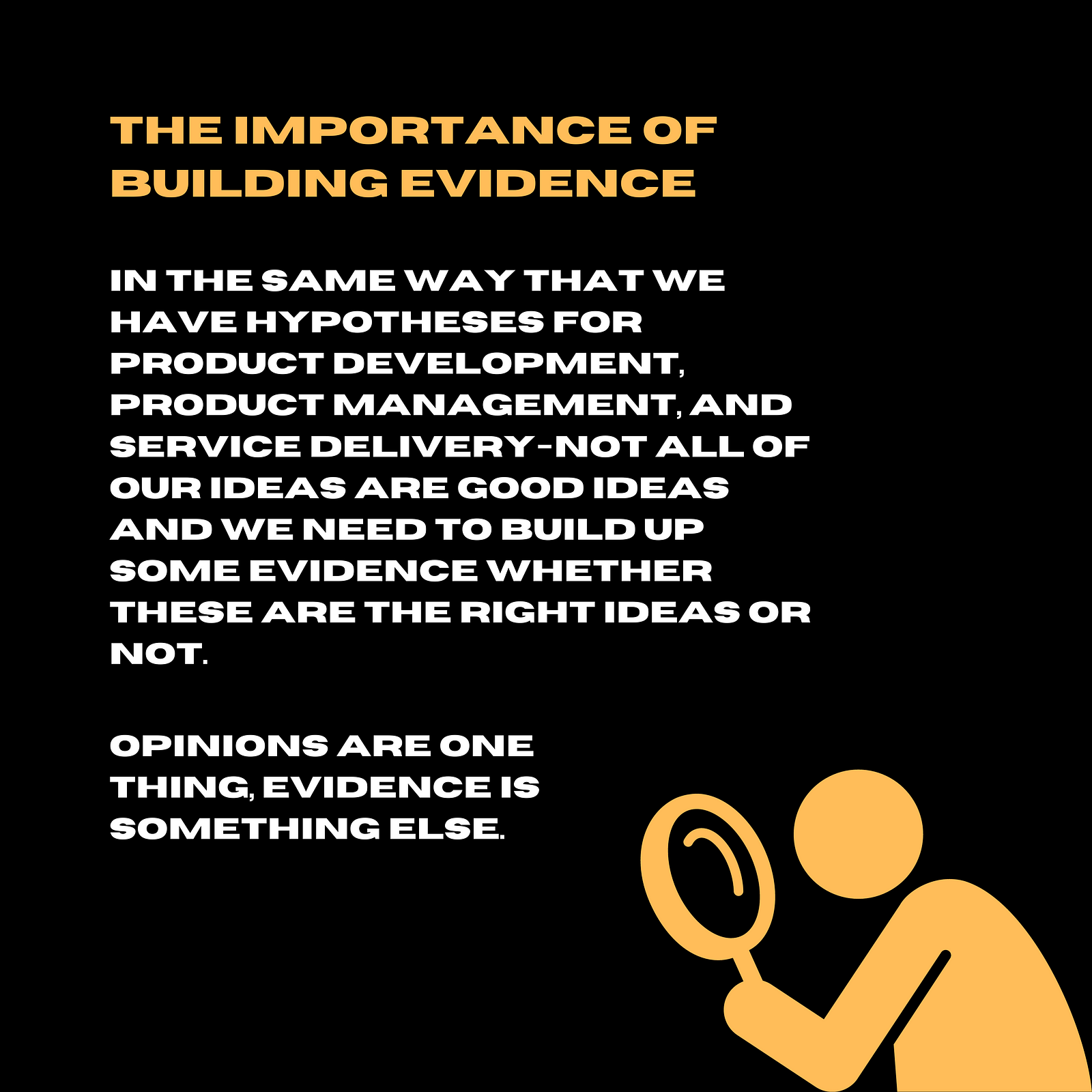We started this Scrum foundation series explaining we see four underlying concepts of the Scrum framework. In the past series of blog posts we covered the three pillars of Empiricism, and we covered the Scrum Values.Now that we understand...
We started this Scrum foundation series explaining we see four underlying concepts of the Scrum framework. In the past series of blog posts we covered the three pillars of Empiricism, and we covered the Scrum Values.
Now that we understand that we need trust, which is built up by living the Scrum Values, to bring transparency and as such have a good basis to inspect and adapt, we can have a look at the self-managing aspect of the Scrum Team.
? Self-managing, meaning the team internally decides who does what, when, and how.
Allowing to take more decisions = more mandate = more autonomy = higher motivation = higher effectivity.
In order to make good decisions, information needs to be readily available. This is where the transparency of the different Scrum Artifacts plays an important role.
Let’s take a look at the Product Backlog.
The Product Backlog includes the Product Goal. This is a description of a future state of the product. It provides a target to plan against and allows the Scrum Team to define what items would be needed to fulfil this goal.And so the Product Backlog supports deciding on what.
Based on value, risk, and size (for example) of Product Backlog Items, the Product Backlog brings transparency in the order of items that make most sense to implement.
And so the Product Backlog supports deciding on what.
Given the Product Backlog provides on ordered list, combined with the sizing of the items by the Developers and their past performance, a forecast can be made on when some items might be implemented. Questions can be asked if this is according market demands or user needs.
And so the Product Backlog supports deciding on when.
Given the Product Backlog is all about the future of the product, making decision on what and when are typically supported by, amongst other, information from the Product Backlog.
Summary:
Self-managing is about having a mandate to take decisions.
The Product Backlog brings transparency to support the Scrum Team when it comes to making decisions about what and when.
Note: without a clear (Product, Sprint and Quality) goal, without clear accountabilities, and without a clear boundaries, self-management will not occur.?
Prompt:
Together with your Scrum Team, evaluate how self-management can be improved by making your Product Backlog even more transparent.
Also think about what additional insights or input the team would benefit from others outside the team about purpose and goals, the team's accountabilities and the boundaries they have to work within.
I hope you find value in these short posts and if you are looking for more clarifications, feel free to take contact.
If you want to take a deeper dive into the core concepts we are covering in this blog series, then surely check out our Professional Scrum Mastery workshop. We have some scheduled in the coming period.
Don't want to miss any of these blog posts? Have the professional Scrum foundations series weekly in your mailbox.













